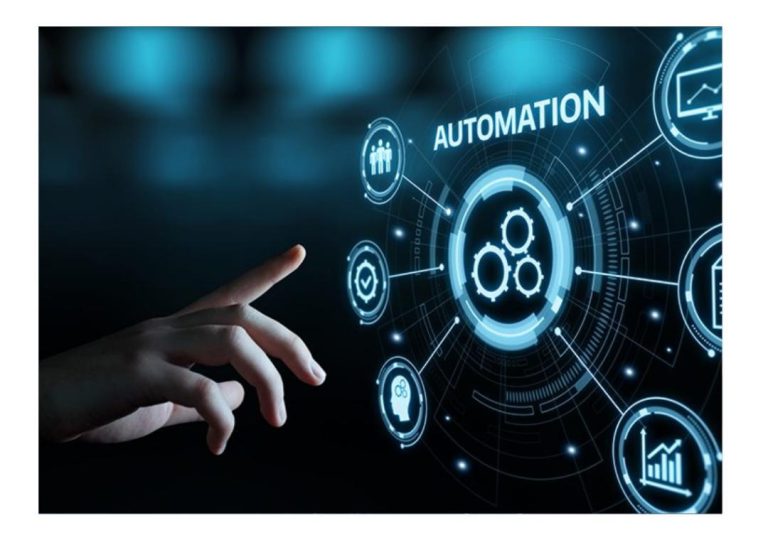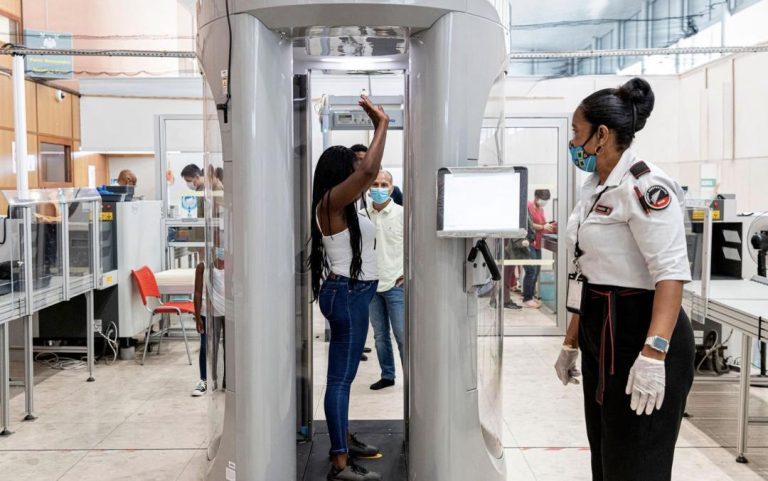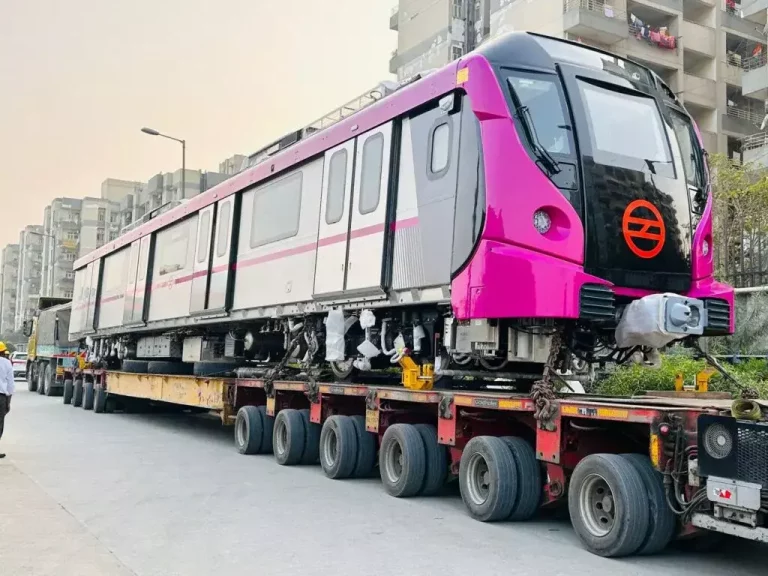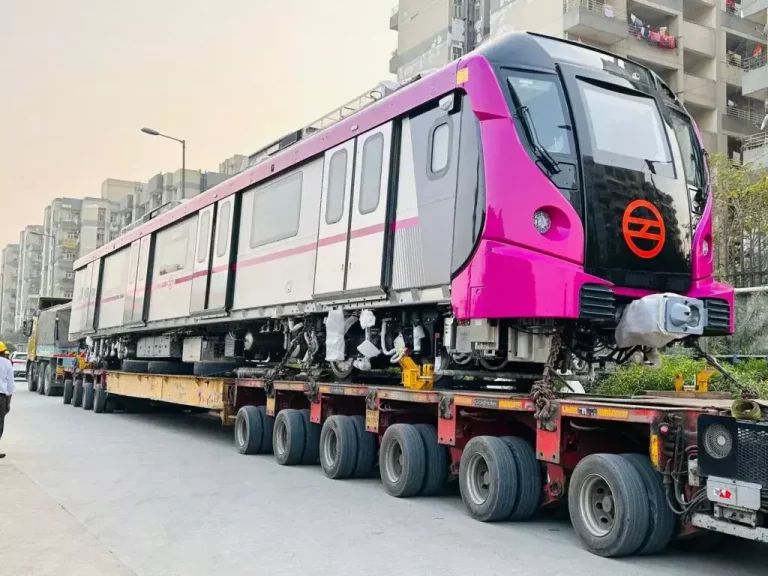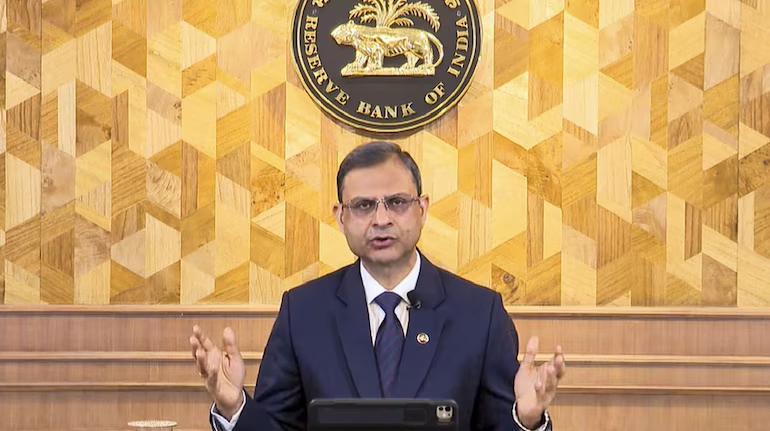
India Can Certainly Achieve 7% Plus Growth Rate: RBI Governor
In a recent statement, Reserve Bank of India (RBI) Governor Sanjay Malhotra expressed his optimism about India’s economic growth prospects, stating that the country can certainly achieve a growth rate of over 7%. This prediction comes as a welcome boost to the Indian economy, which has been facing some challenges in recent times.
Malhotra’s comments were made during a press conference, where he emphasized the need for the country to aspire for a higher growth rate. “We should certainly aspire for that,” he said, while reiterating his confidence in India’s ability to achieve a growth rate of over 7%. This statement is significant, as it is a departure from the RBI’s usual cautious approach to forecasting economic growth.
The RBI has previously projected a real GDP growth of 6.7% for the next fiscal year (FY6), which is slightly higher than the 6.5% growth rate achieved in the previous fiscal year. However, the Economic Survey, which was tabled in Parliament earlier this year, predicted a GDP growth rate of 6.3-6.8% for the fiscal year 2025-26.
Malhotra’s prediction of a growth rate of over 7% is not without merit. In recent years, India has made significant progress in terms of economic reforms and liberalization, which has led to a surge in foreign investment and a increase in the country’s GDP growth rate. Additionally, the government’s initiatives such as the Goods and Services Tax (GST) and the Insolvency and Bankruptcy Code (IBC) have helped to improve the ease of doing business in the country.
Furthermore, India’s demographics are also in its favor. With a large and young population, the country has a significant workforce that can drive economic growth. Additionally, the government’s efforts to improve the country’s infrastructure, including roads, ports, and airports, are also expected to boost economic growth in the long term.
However, despite these positive factors, there are also some challenges that the Indian economy faces. One of the biggest challenges is the widening current account deficit, which has been driven by a surge in imports and a decline in exports. Another challenge is the high level of inflation, which has been driven by a rise in commodity prices and a decline in agricultural production.
Despite these challenges, Malhotra’s prediction of a growth rate of over 7% is not without precedent. In the past, India has achieved high growth rates, including a growth rate of 9.3% in 2006-07 and 8.4% in 2010-11. Additionally, the country has also achieved a growth rate of over 7% in several years, including 2004-05, 2005-06, and 2007-08.
In conclusion, while there are some challenges that the Indian economy faces, RBI Governor Sanjay Malhotra’s prediction of a growth rate of over 7% is not without merit. With a large and young population, a significant workforce, and a government committed to economic reforms, India has the potential to achieve a growth rate of over 7%. However, it is also important for the government to address the challenges that the economy faces, including the widening current account deficit and high level of inflation, in order to achieve this growth rate.
